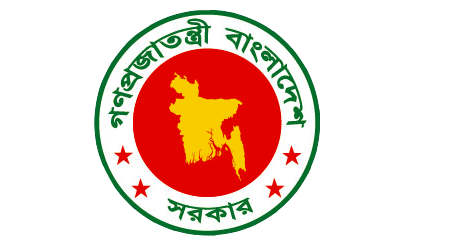Agency (Ministry/Division/Department):
Ministry of Local Government Rural Development and Cooperatives
Background and Objective (when the programme started and in what context):
Bangladesh is urbanizing rapidly. Since 1971, the urban population has grown at an average annual rate of 6.0%, nearly three times the national growth rate of 2.2%. From a total of 20.8 million people in 1991, the country’s urban population increased to 28.6 million in 2001. The urban population is projected to reach 116.2 million (about half of the country’s population) by 2040. About 28.4% of the population living in urban areas is poor. By 2020, it is estimated that 40%–60% of the urban population will be poor, with most living in slum communities. High urban density in Bangladesh results in unhealthy living conditions for the poor, who live in crowded, damp, and unsanitary environments. About one-fifth of the country’s total burden of disease may be associated with environmental factors. Two of the top three causes of death and sickness, particularly among poor children, are respiratory illnesses, including respiratory tract infection (pneumonia) and bronchial asthma, and diarrheal diseases, all arising from poor environmental conditions. City corporations and pourashavas have a major role to play in delivering urban public and environmental health services. The program reforms will strengthen the institutional and financial capacity of these urban local bodies and facilitate them in implementing their mandates of providing reliable solid and medical waste management, and food safety. The reforms are designed to achieve sustainable provision and operation of improved public and environmental health services in urban areas, including the six city corporations and pourashavas (towns other than the six city corporations). The reforms include (i) strengthening institutional arrangements, (ii) improving financial sustainability, (iii) improving public and environmental health service delivery, and (iv) strengthening governance and management. The investments under the project loan will improve access to and use of effective, efficient, and sustainable urban public and environmental health (UPEH) systems and practices in the. It will strengthen sustainable UPEH systems with improved urban solid waste and medical waste management, food safety, and capacity of the local government division (LGD) and city corporations for public and environment health. Policy measures are expected to generate cost savings of $326 million through higher cost recovery, lower subsidies, and the promotion of efficient resource use by involving the private sector. Establish program support unit for urban public and environmental health in Local Government Division (complied with). 3 Urban public and environmental health (UPEH) requires a well-coordinated approach by several government departments of different ministries, the private sector, nongovernment organizations, and others. However, an effective steward to promote and harness the coordination, collaboration, and partnership is absent.
Local Implementation: (who implements the programme at the local level):
Budget in BDT million (FY 2015-2016):
BDT 265.00 crore
Coverage (Geographic) & Beneficiary Number (male/female) (Latest record, indicate year):
Six city corporations of Barisal, Chittagong, Dhaka, Khulna, Rajshahi, and Sylhet
Targeting (how beneficiaries are targeted) and Eligibility Criteria (who are eligible for this programme):
Benefit (what is delivered—cash, kind, employment) & outline frequency (at what interval the benefit is delivered, i.e. monthly, quarterly etc):
- Home
- NSSS
- M&E/MIS
- Governance
- Advisory Council Committee on Social Protection Programmes
- Cabinet Committee
- Central Management Committee (CMC) on Social Protection
- Project Steering Committee (PSC)
- Project Implementation Committee (PIC)
- Action Plan Implementation Sub-Committee
- Focal Point
- Thematic Cluster
- Sub-National Committees
- GO-NGO
- Local Consultative Group (LCG)
- System Strengthening
- Resources
- About
- Home
- NSSS
- M&E/MIS
- Governance
- Advisory Council Committee on Social Protection Programmes
- Cabinet Committee
- Central Management Committee (CMC) on Social Protection
- Project Steering Committee (PSC)
- Project Implementation Committee (PIC)
- Action Plan Implementation Sub-Committee
- Focal Point
- Thematic Cluster
- Sub-National Committees
- GO-NGO
- Local Consultative Group (LCG)
- System Strengthening
- Resources
- About



